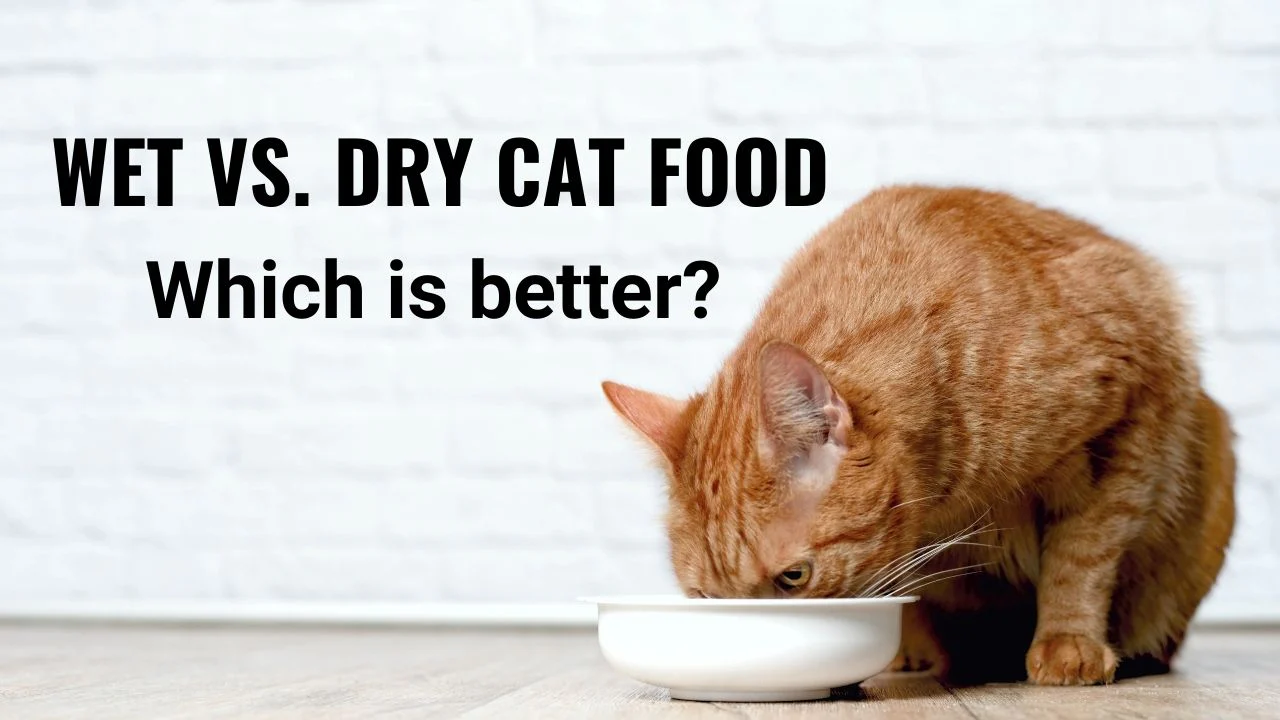Indoor Cat Food Guide: Nutrition and Tips for Happy, Healthy Indoor Cats
Indoor cats live safe, protected lives, but their unique lifestyle—spending most time indoors with limited exercise—means they have specific nutritional needs. Choosing the right cat food is crucial for their weight management, urinary health, and overall well-being. This guide breaks down everything you need to know about feeding your indoor feline friend.
Key Nutritional Needs of Indoor Cats
1. Controlled Calories for Healthy Weight
Indoor cats often burn fewer calories than outdoor cats, making them prone to obesity. Look for formulas with moderate calorie density (around 30-40 calories per ounce for wet food, 400-500 calories per cup for dry food). Prioritize high-quality protein (chicken, turkey, fish) as the first ingredient to support muscle maintenance without excess carbs that can lead to weight gain.
2. Hydration Support
Indoor environments can be dry, and many cats don’t drink enough water. Wet food is a game-changer here—it contains 70-80% moisture, helping prevent urinary tract issues like crystals or blockages. Even if your cat prefers kibble, mix in wet food occasionally or add a water fountain to encourage drinking.
3. Hairball Management
Indoor cats groom frequently, increasing hairball risks. Foods with natural fiber sources (oatmeal, pumpkin) or omega-3 fatty acids (salmon, flaxseed) can aid digestion and reduce hairball formation. Avoid fillers like corn or wheat, which offer little nutritional value and may exacerbate digestive issues.
4. Urinary Health Formulas
Low magnesium and phosphorus levels are key for urinary health. Many indoor cat foods are formulated to maintain a slightly acidic urine pH, which helps prevent struvite or oxalate crystal formation. Always check labels for vet-recommended nutrient balances.
What to Look for When Shopping for Indoor Cat Food
✅ Protein-First Ingredients
Cats are obligate carnivores—their diet should revolve around animal protein. Avoid foods where grains, potatoes, or vegetables are the main ingredients.
✅ Low Carbohydrates
Indoor cats don’t need high carbs for energy. Opt for formulas with ≤10% carbohydrate content (as a percentage of dry matter) to support healthy blood sugar levels and weight control.
✅ No Artificial Additives
Steer clear of preservatives (BHA/BHT), artificial colors, or flavors. These can cause allergies or long-term health issues. Look for “all-natural” or “grain-free” labels if your cat has sensitivities.
✅ Age-Appropriate Formulas
Kittens need calorie-dense food with extra calcium and DHA for growth, while senior cats benefit from joint-supporting ingredients like glucosamine and chondroitin.
Best Types of Cat Food for Indoor Cats
1. Wet Food: The Gold Standard
- Pros: High moisture, rich in protein, and easier for older cats to eat. Brands like Royal Canin Indoor or Wellness Core Wet Food are popular for their balanced nutrition.
- Cons: More expensive and perishable; requires frequent bowl cleaning.
2. Premium Dry Food (Kibble)
- Choose “indoor” specific formulas like Hill’s Science Diet Indoor Advantage or Purina Pro Plan Indoor. These often include L-carnitine to aid fat metabolism.
- Tip: Limit free-feeding; measure portions to avoid overeating.
3. Specialized Formulas
- Hairball Control: Iams Hairball Care or Nutro Indoor Hairball Control.
- Weight Management: Blue Buffalo Indoor Health Weight Control, with reduced calories but maintained protein.
